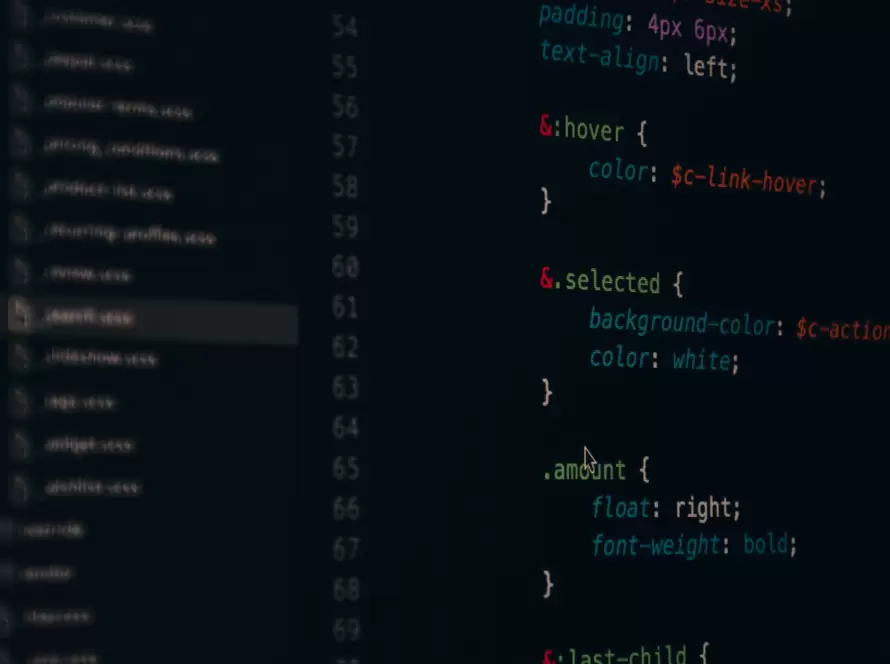Generated by Contentify AI

Best Practices When Designing With CSS
Designing with CSS, or Cascading Style Sheets, is a crucial aspect of creating visually appealing and user-friendly websites. By using CSS, developers have the ability to control the presentation and layout of their web pages. However, to ensure optimal results, it is important to follow the best practices when working with CSS.
First and foremost, organizing your CSS files is essential. By using a modular approach, you can divide your CSS code into separate files, making it easier to manage and maintain. This way, if you need to make changes or updates, you can quickly locate the relevant code sections without having to sift through a large, complex file.
Another important aspect is using descriptive class names and IDs. Instead of using generic names, choose meaningful and specific names that accurately describe the element they are associated with. This not only makes it easier for other developers to understand your code, but it also improves the overall readability and maintainability of your CSS.
Furthermore, keeping your CSS code concise and efficient is key. Avoid unnecessary repetition by using shorthand properties whenever possible. Additionally, minimize the use of CSS hacks or browser-specific styles, as they can cause compatibility issues and make your code more difficult to maintain.
Another best practice is to prioritize mobile responsiveness. With the majority of web users accessing websites on mobile devices, it is essential to design and style your website with responsiveness in mind. Use responsive units and media queries to ensure that your website adapts seamlessly to different screen sizes and orientations.
Lastly, regular testing and debugging are crucial to ensure that your CSS code is functioning as intended. Check your website across different browsers and devices to identify any inconsistencies or errors. Use browser developer tools to inspect and troubleshoot any issues that may arise.
In conclusion, following these best practices when designing with CSS will not only improve the efficiency and quality of your code, but it will also enhance the overall user experience of your website. By organizing your CSS files, using descriptive class names, keeping your code concise, prioritizing mobile responsiveness, and regularly testing and debugging, you will create visually stunning and user-friendly websites that stand out from the competition.



